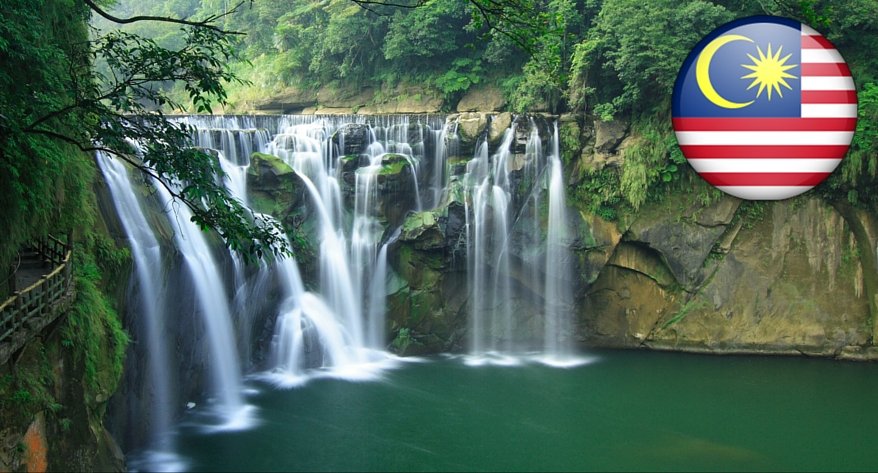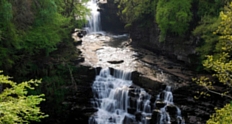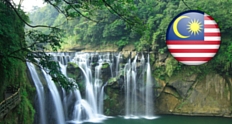Much of Malaysia's inland water sources come from the near 24-trillion gallons of rainfall the country gets each and every year. This number is made more impressive considering that the total water withdrawal throughout the country is a mere 3% of that number. This makes most, if not all the natural water resources in Malaysia highly sustainable for years to come.
It should come as no surprise that the birthplace of One Water has one of the healthiest, most abundant fresh water supplies on the entire planet.
Table of contents
- Malaysia's Highlands and Underground Aquifers Working Together
- Natural Water Towers in Highlands and Their Effect on Water Resources in Malaysia
- River Basins
- Population Growth
Malaysia's Highlands and Underground Aquifers Working Together
There are many natural water resources in Malaysia, most being fed by the vast mountain ranges and highland areas of the country. The water is efficiently filtered first by the highland forest and their unique ecosystems, before it makes its way downward to the lowland aquifers where One Water sources its all natural mineral water from.
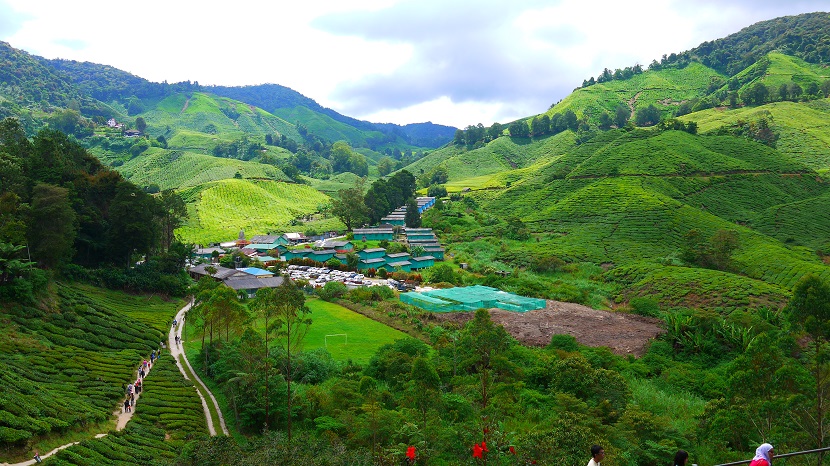
The ecosystems that thrive in the highland forests and wetlands of Malaysia, including the Titiwangsa mountain range that feeds One Water's underground aquifers, are quite unique. The plant life and soil and rock formations in these regions filter the abundance of fresh water that's made available to the entire country.
Natural Water Towers in Highlands and Their Effect on Water Resources in Malaysia
The highland forests in Malaysia are affectionately referred to as “Natural Water Towers” because of their ability to catch and hold water so effectively. Their water catchment function also serves to ease the annual flooding that ravages so many other countries who live so close to the tropical Amazon rainforest during the rainy season (see more on Amazon floodplain forests). Only 9% of the country is considered flood prone because of this unique topography advantage.
As you might have noted from previous posts, there are numerous places in Malaysia where water can be safely drank directly from spring sources, without the need for extensive purification.
River Basins
Aside from the tropical rainfall, there are some 189 different river basins feeding the region with freshwater for use in agriculture, livestock production, aquatic farming, and industry.
The majority of these free-flowing rivers are located in Peninsular Malaysia to the west and the state of Sabah to the north. Sarawak state to the north-west holds the least of the country's freshwater supply, with only 22 rivers dotting this coastal region located on the South China Sea.
Population Growth
With ever-increasing population growth, it should come as no surprise that even the most water abundant areas can become water-stressed. Or, to be more specific: population-dense areas can become “freshwater stressed”.
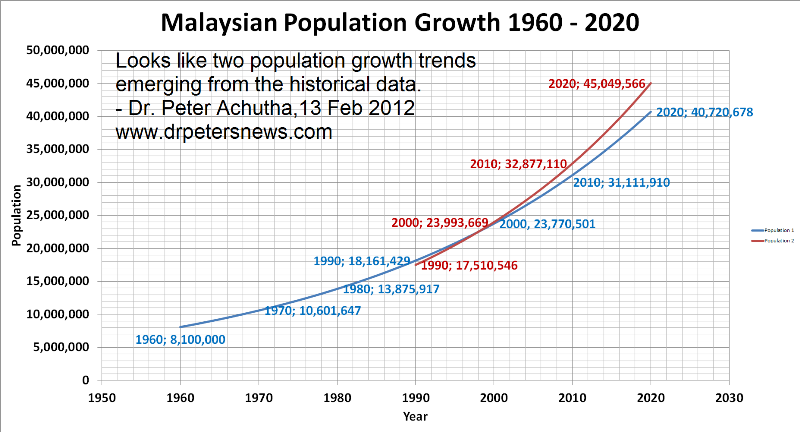
This problem was addressed 1999 with the National Water Vision or “Vision 2020”; an agenda put in place to protect the people of Malaysia, and the environment they inhabit, from ever having to experience a water shortage due to overuse:
"In support of Vision 2020 (towards achieving developed-nation status), Malaysia will conserve and manage its water resources to ensure adequate and safe water for all (including the environment)." - Source
The objectives of Vision 2020 include:
- Water for people: all have access to safe, adequate and affordable water supply, hygiene and sanitation.
- Water for food and rural development: provision of sufficient water that will ensure national food security and promote rural development.
- Water for economic development: provision of sufficient water to spur and sustain economic growth within the context of a knowledge-based economy and e-commerce.
- Water for the environment: protection of the water environment to preserve water resources (both surface and groundwater) and natural flow regimes, biodiversity and the cultural heritage, and mitigation of water-related hazards.
Vision 2020 will undoubtedly ensure that Malaysia reaches its goal of being considered a developed nation in the coming decade, while also protecting the country's most valued resource for generations to come.
If you'd like to know more about natural water resources in Malaysia, feel free to browse the website, and follow us on Facebook where we provide you with updates about everything H20!

